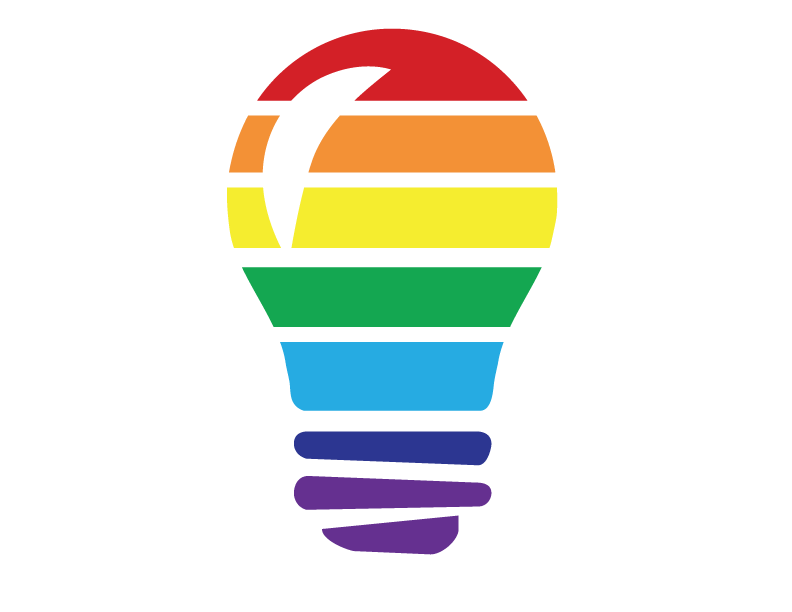Camp Lightbulb & Intersectionality
Hi, my name is Caleb, and I am an asexual trans guy. When I think about intersectionality, the first thing that comes to mind for me is family. I am a quarter Indian, and that part of me is just as important as my identity as asexual or my identity as trans. I often find there are spaces for queer folks and multiracial folks, but I do not know of many specifically queer multiracial spaces. Of course, other people may have a different experience than me, but for me, I haven’t found that many queer multiracial spaces. I’d like to take my time today to mention the places I have found and the benefits of these places.
The first intersectional space that comes to mind for me is Camp Lightbulb. I started attending Camp Lightbulb back in April with the start of their virtual camps. Whenever I was in the Camp Lightbulb zooms or Instagram lives, I felt like I could be my complete 100% authentic self and I didn’t need to choose whether to share my queer identity or my multiracial identity. This feeling of acceptance was only furthered and deepened with the Virtual International Exchange camp that took place in early September. At this camp, not only did I get to further explore my multiracial identity and those of my campmates, but I got the unique opportunity to explore my multiracial identity via the perspective of being a queer person.
My only other experience with an intersectional space occurred last December at the NAIS Student Diversity and Leadership Conference, or SDLC for short. At this conference, we broke into affinity groups for certain activities, and I chose the LGBTQ+ affinity group. Something profound that occurred there was that at one point, we did an activity in which the group was divided into BIPOC and non-BIPOC to discuss intersectionality between race and queer identity. This space allowed me to explore the idea that my racial identity, my sexuality, and my gender identity are not mutually exclusive.
Before these two experiences, I could not fathom how I could be multiracial, asexual, and trans at the same time, but these spaces aided me in coming to the conclusion that though identity does have different aspects, they all come together to create a singular person, and everyone has a different, unique identity. I think it is important that we have spaces like this so that everyone knows that identity is not mutually exclusive. I personally would love to see more intersectionality at my school, and I recently suggested that our school hold monthly meetings for all affinity groups to join together to discuss topics of intersectionality.
Well, that’s all for me, I hope you enjoyed reading this and maybe learned something new and interesting!
Written by: Caleb Serang on October 7, 2020
Terminology Links:
